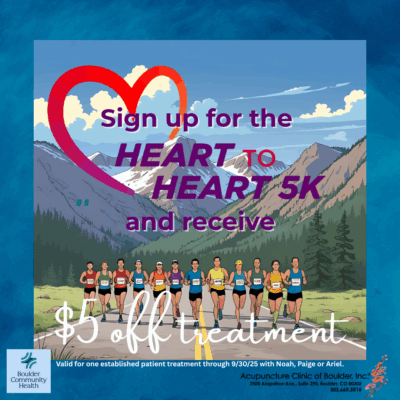Restless Leg Syndrome:Info taken from Natural Health Magazine December/January 2012:
A Nutritionist Says: “When your muscles aren’t getting enough vital nutrients such as iron, folate, magnesium, zinc, tryptophan, and Vitamin E, they ten do to spasm. Another culprit: acid-reflux meds such as Prilosec, Prevacid, or Tums, which prevent absorption of those nutrients as well as enzymes and protein.
The treatment: Eat foods rich in the nutrients needed to ease your RLS; these include kelp, pumpkin seeds, beet greens, avocado and turkey. Buy organic foods when possible, because they’re thought to be more nutrient-dense than non-organic foods. To improve the absorption of nutrients, sty stirring a tablespoon of apple-cider vinegar into 4 ounces of water and sip it slowly throughout your biggest meal of the day. it’s also smart to avoid caffeine, alcohol and processed foods, which inhibit mineral absorption.” – Victoria M. Wood, r.D., C.N.S., M.P.H., a nutritionist in Washington DC
An integrative physician says: In you have an uncontrollable urge to move your legs or if your lower limbs feel itchy and twitchy while you’re sitting or resting, you could have the neurological condition restless legs syndrome (RLS). Deficiencies of dopamine, the brain chemical that controls movement, and iron are major triggers for RLS.
The treatment: Iron is needed to produce dopamine, so take 25 to 29 milligrams at bedtime with 100 milligrams of Vitamin C, which aids absorption, plus 400 IU of Vitamin E to enhance dopamine levels. Increasing the production of the neurotransmitter GABA will also relax your legs, so try theanine (50-200 milligrams) and magnesium (200-400 milligrams) before bed. The anti-spasmodic herb wild lettuce helps as well. – Jacob Tietelbaum, MD of Kona, hawaii, medical director of the Fibromyalgia and Fatigue Centers.
Note added by Erin Pass 2/6/23: Restless Leg Syndrome can also be a sign of refluxing veins, also called venous insufficiency.



